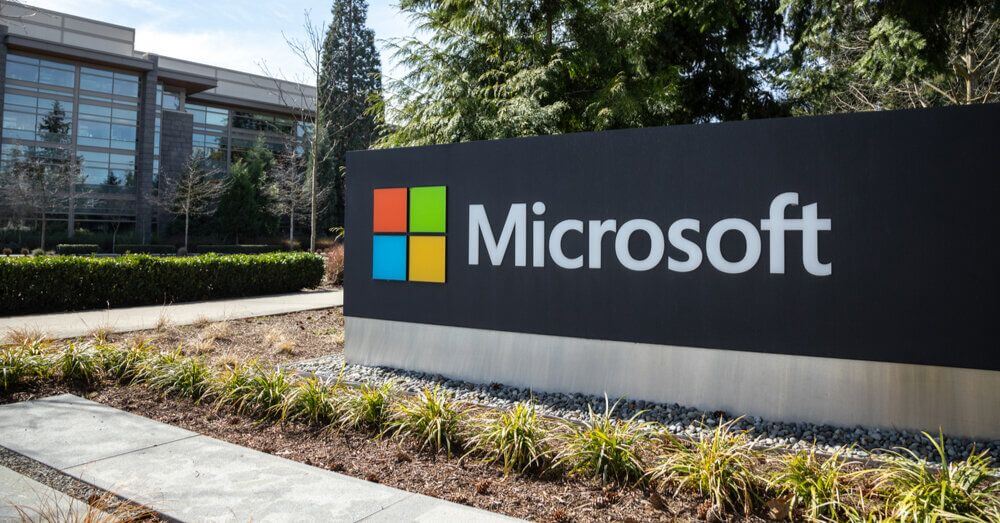
The tech giant has insisted that users of ION will always remain in control over their own data
Microsoft has unveiled the launch of its open-source decentralized identifiers (DIDs) network, known as the ION, on Bitcoin’s blockchain.
The ION allows users to create decentralized digital credentials, such as university diplomas or driver’s licenses, to identify them online. These credentials could also be used to log users into websites and apps. In addition, the decentralized nature of the DID ensures that people have full control over their data throughout their use of the network.
One of the developers of the Sidetree protocol, Daniel Bucher, expressed his sentiments on the ION launch.
“We’re thrilled to see ION make the leap to Bitcoin mainnet for its public beta. ION is an open, public, permissionless ‘Layer 2’ network built on open-source code that anyone can review, run, and contribute to.” he said.
DIDS is a new type of identifier that enables a decentralized, and verifiable, digital identity. According to one of the drafts that were published on the World Wide Web Consortium’s website, “A DID identifies any subject (e.g., a person, organization, thing, data model, abstract entity, etc.) that the controller of the DID decide that it identifies.”
Buchner explained that the ION was designed to operate independently from trusted intermediaries and centralized parties, including Microsoft. This follows that the network does not rely on special utility tokens, trusted validator nodes, or additional consensus mechanisms. He explains that “Bitcoin’s linear block chronology is the only consensus” that the ION requires.
“Since the keys for your DIDs never leave your hands, and all ION operations are signed locally on your device, you have the assurance that only you can modify the state of your DIDs, no matter how you choose to interact with the ION network,” he explained further.
ION’s users can already make their own DIDs and use OpenID Self-Issued DIDs to authenticate on sites, apps and services that support these corresponding specifications. Companies and other entities could also use the ION to issue verifiable digital credentials to their users.
In the next few months, the developers of the ION plan on growing the network’s community and garnering additional feedback and contributions. This includes new use cases and hackathons. Users can track the project’s progress in ION’s and Sidetree’s repositories on GitHub. All these efforts are leading up to the launch of the final version this fall.
Recently, Microsoft was granted an international patent by the World Intellectual Property Organisation for a cryptosystem using body activity data.

